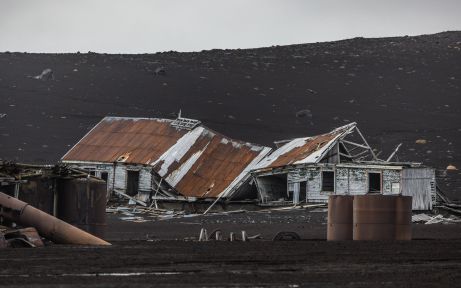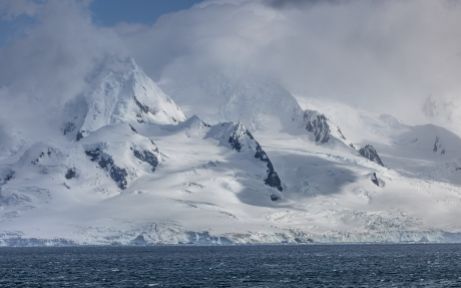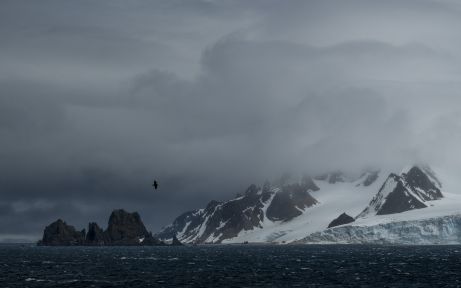Exciting changes are on the way!
As part of our merger with Polar Latitudes, we’re refreshing key elements of our website to reflect this new chapter. Discover more in our latest news update.
The South Shetland Islands are a remote archipelago located about 120 kilometers (75 miles) north of the Antarctic Peninsula.
These islands, although often overshadowed by their Antarctic neighbor, have a geography that is both rugged and diverse, shaped by glaciers, volcanic activity, and the harsh Southern Ocean. Spread over roughly 3,687 square kilometers (1,423 square miles), the islands are home to a range of ecosystems, making them a fascinating part of the Antarctic region.
Area of South Shetland Islands
Population of South Shetland Islands
Facts about South Shetland Islands
- Antarctica
- South Shetland Islands







